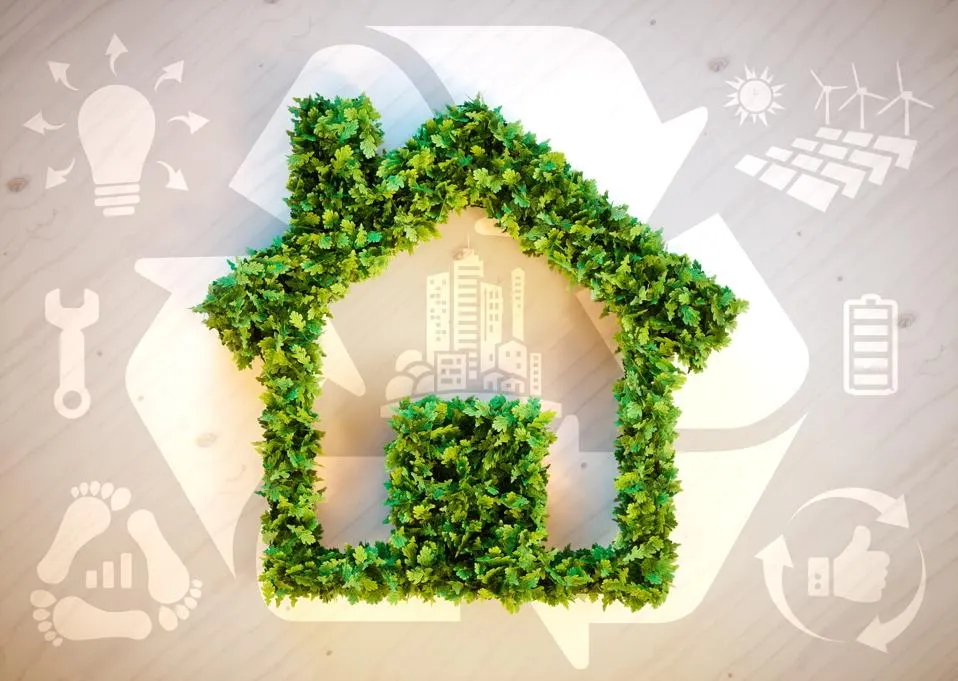Until recently, most companies did not communicate tangible environmental, social and governance (ESG) commitments. Corporate messaging was rife with “greenwashing”—companies marketing their environmental commitment without any substance to back it up.
Today, such greenwashing is not acceptable. All stakeholders—from shareholders to employees—expect companies to be committed and transparent, i.e companies must:
- disclose their environmental footprint
- commit to making their business more sustainable, and ultimately
- report on meeting ambitious ESG targets
According to consulting firm Deloitte, ESG-mandated assets will make up half of all professionally-managed assets worldwide by 2024. Investment processes now require publicly-traded companies to demonstrate a quantitative approach to ESG reporting. The Governance & Accountability Institute, an advisory firm, estimates that in 2020, 92% of the S&P 500 companies published a sustainability report to go along with their standard reporting.
However, most companies find it increasingly difficult to make their sustainability ambitions shine, as ESG reporting has become drier and more complex. Paradoxically, companies now face an ESG Communications Catch-22: when they try to communicate simpler, more impactful messages on their ESG ambitions, they face accusations of greenwashing.
The band Coldplay experienced such criticism in May 2022 after partnering with Finnish oil refinery company, Neste, on their “sustainability” world tour. The “Music of the Spheres” tour has a kinetic-powered dance floor and is planting a tree for each ticket sold. However, Neste is linked to deforestation in multiple countries. Coldplay responded in a statement admitting, “We don’t claim to have got it all right yet.”
Take the Long View
As companies craft their sustainability messages, they should make their green credentials stand out in actions, not just words.
The task is complex as there isn’t a globally accepted standard on sustainability targets. Most companies will refer to the United Nations Sustainable Development Goals (SDGs) as a guiding principle, but new methodologies are emerging. Nobody gets it 100% right the first time. Learn from mistakes, and partner with others.
The learning curve can be steep, and openness is critical to success. Partner with other companies and institutions who have done outstanding work in this area. Be humble, and ask opinion-leaders how you can do better.
Create Collateral Content
ESG reports are needed, but they fulfill a specific and narrow purpose. You can afford to be a bit more creative when crafting your sustainability narrative, as there are various ways to make it more memorable. Sustainability reports can be jazzed up by creating a microsite with interactive graphics. Suez Cornwall has a counter that ticks up how many households can be powered (21,000) by the energy generated from Cornwall’s waste and transferred back to the National Grid.
Talk about the stories behind the numbers, the initiatives you have taken part in. Put a face to the KPIs. Leverage video and podcasts. Create supporting collateral content. The automaker KIA uses the same imagery (nature and movement) to describe product inspiration and their impact on the planet. Movement inspires ideas. But, the more people move, the more stress there is on nature. Kia made a short film, “The Dilemma of Movement,” to address their sustainability challenge and plans for the future.
Be Authentic and Advocate
What do your customers care about? What about your shareholders? If you are in the mining business, start by addressing the harm caused to the environment through your core business. Tie your sustainability story to your company’s purpose, ground it. You don’t have to save the world but you have to commit. Have a plan and report progress toward the goals.
When you have a clear idea of how you can make an impact, and where, champion causes. Be vocal about what you believe in. Bring employees along; engage with governments and NGOs. Rally around the causes you support and become an advocate for change.
Over the years, Patagonia has been able to do both. Now they showcase an entire tab of their website on “Our Footprint Stories.” This is a collection of essays, coded as 2 to 20-minute reads. Topics include microfiber pollution and responsible wool, which address their company’s direct impact on the planet. Others like, “What one small farm can tell us about our broken food system,” are causes Patagonia cares about.





